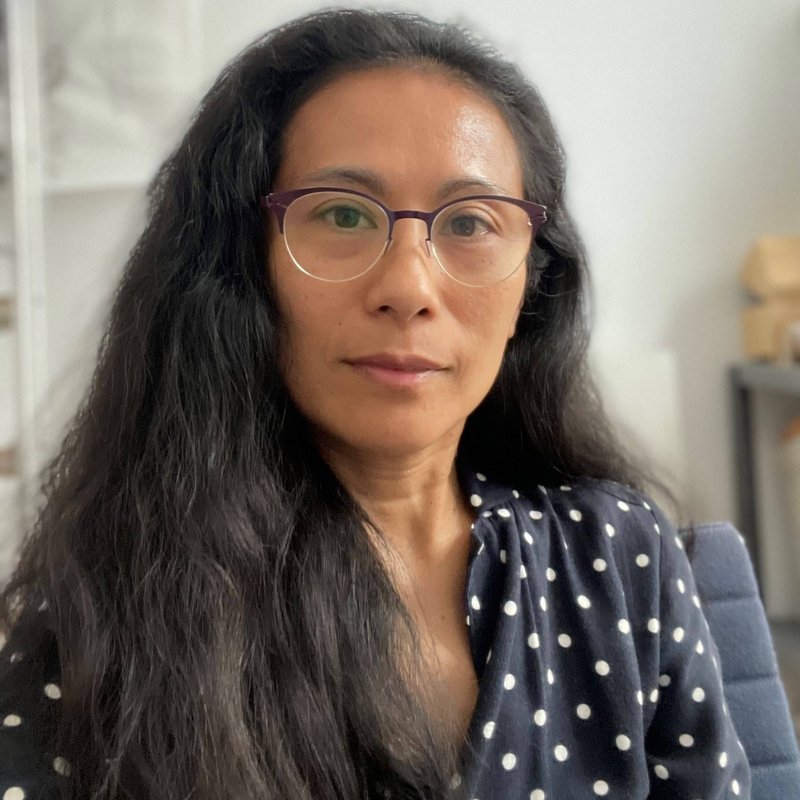Sandra Gamarra
Day 2: Unlocking History and New Narratives

Perspective
Sandra Gamarra Heshiki, Visual Artist, Independent, Lima, Peru/Madrid, Spain
Uncomfortable Museum
José María Arguedas, Peruvian writer and anthropologist, presents the mestizo in his work as a mediator between two cultures that, in their opposition, must be complementary to coexist. This mestizo presents infinite gradations as he positions himself in a back-and-forth space, where he is constantly colliding and renegotiating between two sensibilities. The mestizo is not understood as the common result of a unifying project. Parting from this ambiguous place, Arguedas undertakes the vital task of collecting native knowledge from his Andean sensibility, while, from his Western sensibility, he writes novels that portray the Andes for a reader unfamiliar with it. He understands writing as a battlefield and transforms the difficulties of translation into a place to experiment possible solutions for coexistence.
The land on which the art museum is located is not a common ground, it is a space to propose encounters and disagreements, where conflicts have to be present to jointly activate possible models of coexistence.
BIOGRAPHY:
Sandra Gamarra Heshiki (1972) was born in Lima, Gamarra, and studied Fine Arts at the Pontifical Catholic University of Peru. In 2003, she moved to Madrid to complete her art studies, where she developed her work until 2019. She utilizes painting in a figurative way to conceptually cross-examine art and its mechanisms. Based on appropriations, her work acts as a mirror that displaces exhibition formats, alters the circulation of images, and subverts the ownership of culture, as well as the narrative between art and its viewer. Within this field of investigation, her Peruvian background adds a syncretic gaze where pre-Columbian, colonial, and Western cultures collide. Some of her recent exhibitions recontextualize art genres such as the landscape, self-portrait, and still life. In 2002, in response to the absense of a contemporary art institution in Lima, she created LiMac, a fictitious museum that first established itself with its logo on merchandize (pencils, erasers, mugs, and bags). Since then, LiMac has produced collections, exhibitions, publications, an architectural project, and a website (www.li-mac.org). She lives and works in Lima.